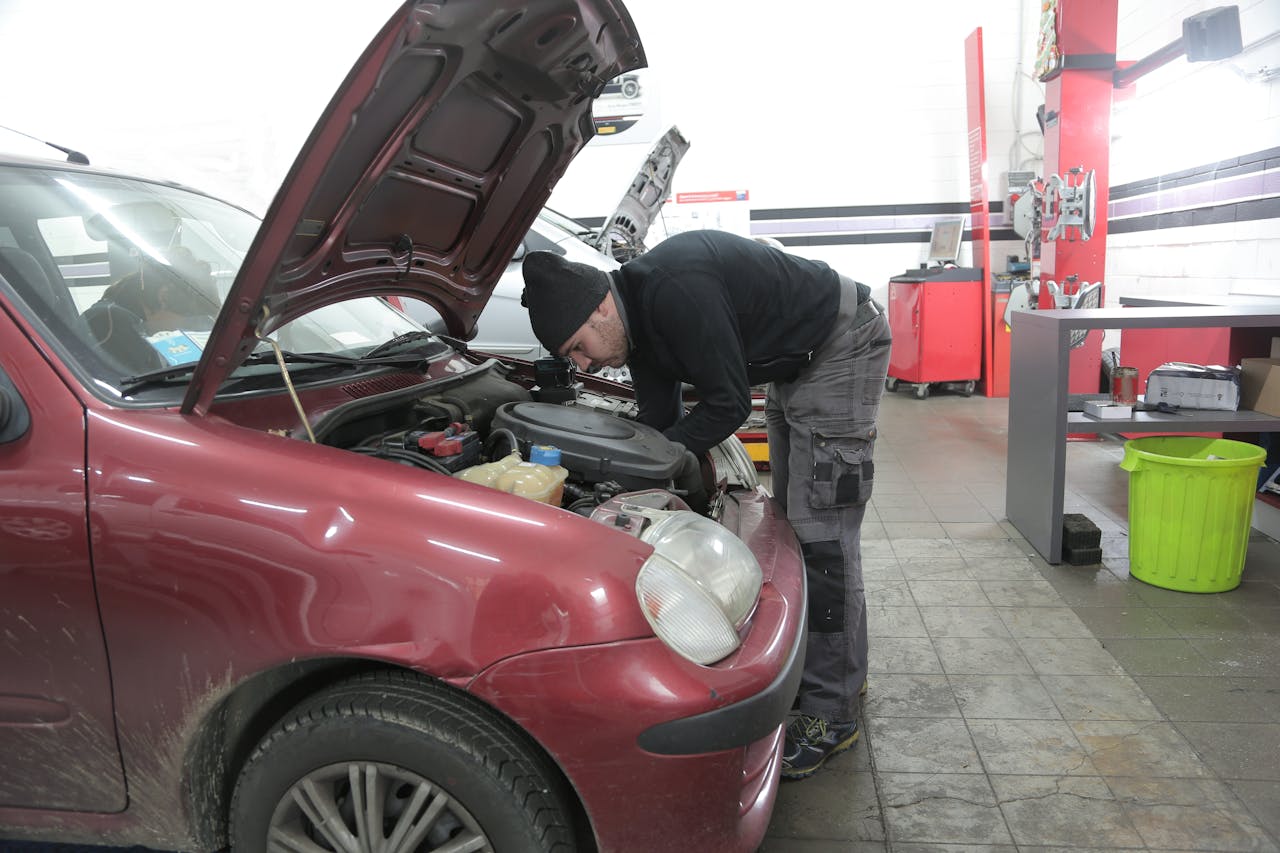In the intricate orchestra of components that make up an automobile, the transmission stands as a crucial maestro, orchestrating the seamless transition of power from the engine to the wheels. However, like any intricate machinery, transmissions can encounter issues that may compromise their functionality. In this comprehensive guide, we will delve into understanding common transmission problems, explore their potential causes, and discuss effective resolutions to keep your vehicle shifting smoothly.
Post Content
Toggle1. Slipping Transmission
Understanding the Issue: Transmission slipping is a phenomenon where the gears unexpectedly change or disengage during operation, leading to a noticeable loss of power. This can manifest as a delay in acceleration or a sudden drop in speed while driving.
Potential Causes:
- Low transmission fluid levels
- Worn or damaged transmission bands
- Clutch problems in manual transmissions
- Issues with the torque converter
Resolving the Issue:
- Check and top up transmission fluid to the recommended levels.
- Address any leaks and inspect the transmission bands for wear or damage.
- For manual transmissions, ensure the clutch is functioning correctly.
- Evaluate and repair or replace the torque converter if necessary.
2. Delayed or Rough Shifts
Understanding the Issue: A delay in gear engagement or experiencing a jolt when shifting can indicate problems with the transmission. This can lead to a less-than-smooth driving experience and potential long-term damage if not addressed.
Potential Causes:
- Low or contaminated transmission fluid
- Malfunctioning shift solenoids
- Clutch problems in manual transmissions
- Issues with the transmission control module (TCM)
Resolving the Issue:
- Perform a transmission fluid flush or change, ensuring the use of the recommended fluid.
- Inspect and replace malfunctioning shift solenoids.
- For manual transmissions, check the clutch system for proper operation.
- Diagnose and address issues with the TCM.

3. Unusual Noises
Understanding the Issue: Unusual noises emanating from the transmission, such as grinding, whining, or clunking, can be indicative of internal problems. These noises may vary based on driving conditions and the type of transmission.
Potential Causes:
- Worn or damaged gears
- Problems with the transmission bearings
- Insufficient transmission fluid
- Faulty torque converter
Resolving the Issue:
- Inspect and replace worn or damaged gears.
- Address issues with transmission bearings.
- Ensure proper transmission fluid levels and top up if necessary.
- Diagnose and repair or replace a faulty torque converter.
4. Transmission Fluid Leaks
Understanding the Issue: Transmission fluid leaks are not only messy but can also lead to serious transmission problems if left unattended. Identifying and addressing leaks promptly is crucial for maintaining optimal transmission function.
Potential Causes:
- Damaged or deteriorated seals
- Loose transmission pan bolts
- Faulty gaskets
- A punctured or damaged transmission fluid cooler line
Resolving the Issue:
- Replace damaged or deteriorated seals.
- Tighten or replace loose transmission pan bolts.
- Address issues with faulty gaskets.
- Repair or replace punctured or damaged transmission fluid cooler lines.
5. Warning Lights and Error Codes
Understanding the Issue: Modern vehicles are equipped with onboard diagnostics that may illuminate warning lights or generate error codes when the transmission encounters problems. Ignoring these warnings can lead to more severe issues.
Potential Causes:
- Malfunctions in the transmission sensors
- Issues with the TCM
- Electronic component failures
Resolving the Issue:
- Diagnose and replace malfunctioning transmission sensors.
- Address problems with the TCM, including reprogramming or replacing it.
- Inspect and replace faulty electronic components contributing to error codes.

Conclusion
Understanding and resolving transmission problems requires a combination of vigilance, regular maintenance, and prompt attention to any signs of trouble. Whether you’re experiencing slipping gears, rough shifts, unusual noises, fluid leaks, or warning lights, addressing these issues promptly is essential for the longevity and performance of your vehicle. Regular transmission inspections and adhering to recommended maintenance schedules can go a long way in preventing these problems and ensuring a smooth and reliable driving experience.
FAQs
How often should I check my transmission fluid?
Regularly check transmission fluid levels and condition according to your vehicle’s recommended maintenance schedule, typically every 30,000 to 60,000 miles.
Can I drive with a slipping transmission?
Driving with a slipping transmission can exacerbate the issue and lead to further damage. It is advisable to address the problem promptly and seek professional assistance.
What is a transmission flush, and is it necessary?
A transmission flush involves removing the old transmission fluid and replacing it with new fluid. While it can be beneficial in removing contaminants, it’s essential to follow the manufacturer’s recommendations, as some transmissions may only require fluid changes.
How much does it cost to repair a transmission fluid leak?
The cost of repairing a transmission fluid leak can vary based on the extent of the damage and the specific components involved. On average, it can range from a few hundred to over a thousand dollars.
Can I reset the TCM on my own?
Resetting the Transmission Control Module (TCM) often requires specialized tools and knowledge. It is recommended to consult a professional mechanic or follow the vehicle manufacturer’s guidelines for TCM-related issues.
Last Updated on March 1, 2024 by admin

Mac is an Automotive enthusiast. He owns up to 15 vehicles. He deals with Auto problems and shows his skill to Car owners who are seeking any type of Car help.





